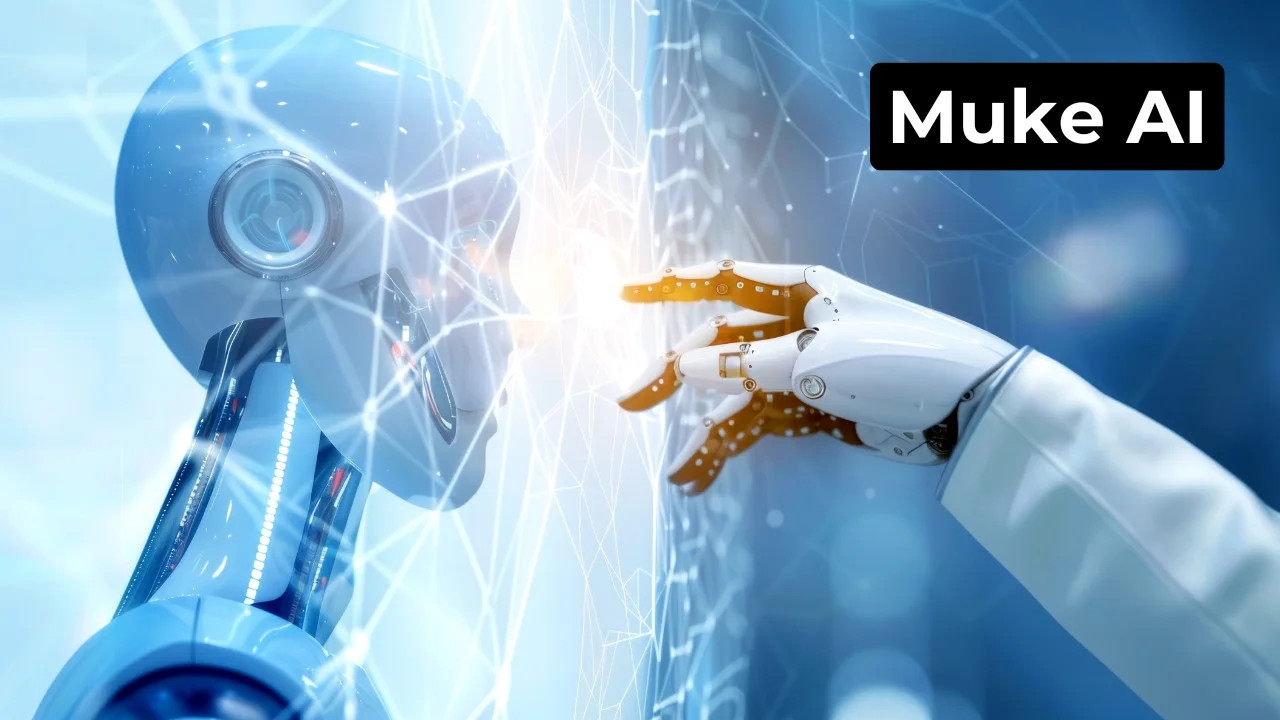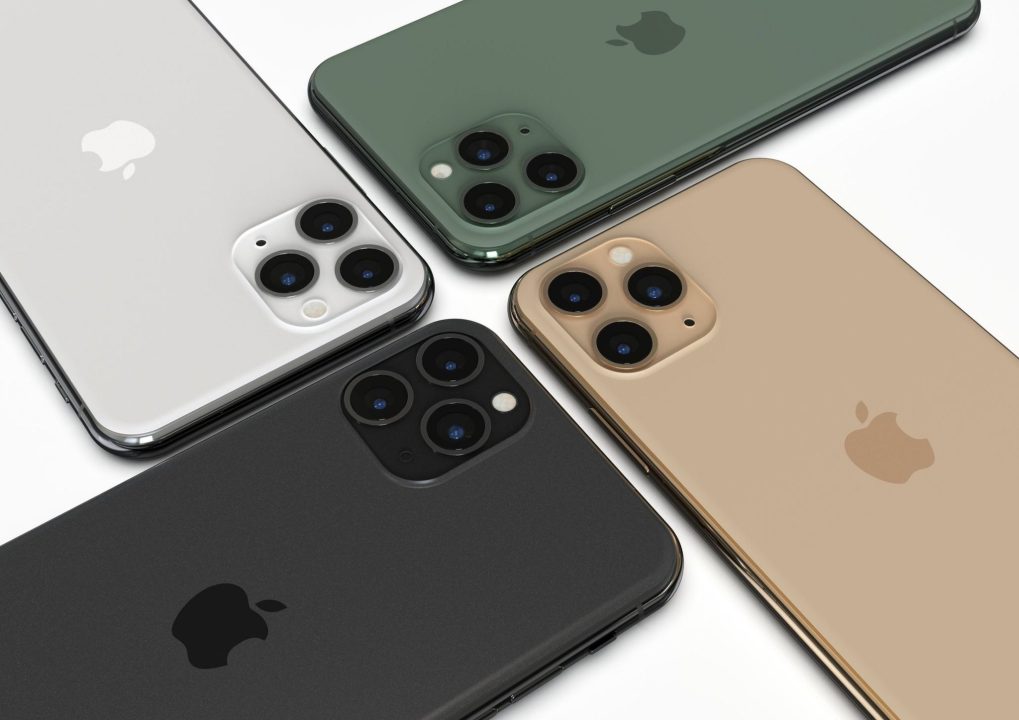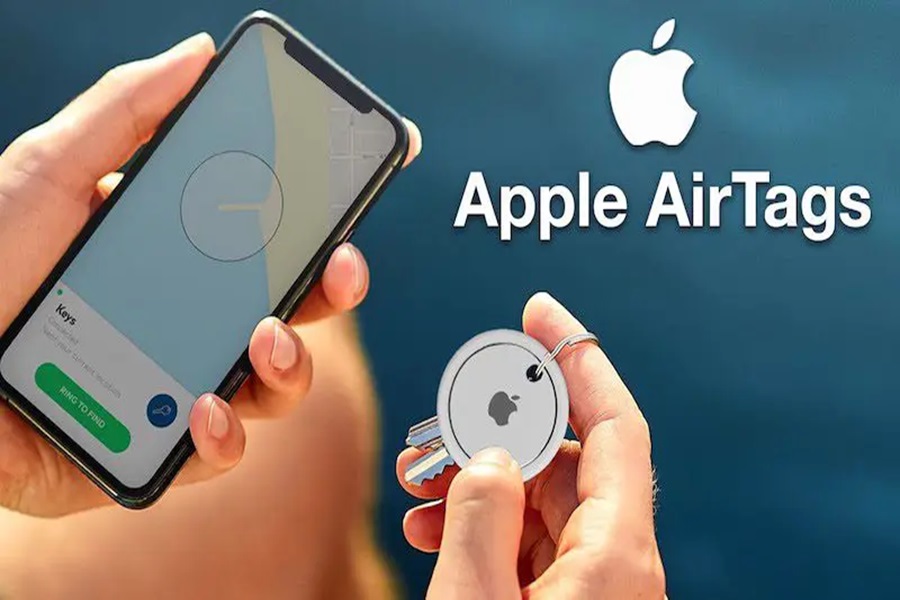Created by leading quantum computing experts in the field
Quantum computing is often hailed as the next frontier of technology, promising solutions to problems deemed unsolvable by classical computing. Central to this quantum revolution is the mysterious qubit. In this comprehensive exploration, we’ll delve deep into how a qubit in quantum computing is different from a classical bit.
What is the fundamental difference between qubits and classical bits?
Classical bits are the foundation of our digital world. At any given time, a classical bit is either in a state of 0 or 1. Contrastingly, qubits can exist in a state of 0, 1, or any quantum superposition of these states, giving them a unique ability to process vast amounts of information simultaneously.
Quantum Superposition: The Core Distinction
Imagine being at two places at once. Quantum superposition allows qubits to be in a combination of both 0 and 1 states. This means that instead of processing data in a linear fashion like classical bits, qubits can perform multiple calculations at once.
The Magic of Quantum Entanglement
One of the most intriguing phenomena in quantum physics, entanglement allows qubits that are entangled to be correlated with one another, regardless of the distance between them. This deep connection means the state of one qubit can determine the state of another, offering an unprecedented level of coordination in quantum computing.
Gateways to Quantum Realms: Quantum vs. Classical Gates
Classical logic gates perform operations on bits, processing them in definite, predictable outcomes. Quantum gates, however, operate on qubits, manipulating their superpositions and entanglements. This enables quantum computers to explore numerous possible solutions simultaneously.
Harnessing Quantum Parallelism
Thanks to the nature of qubits, quantum computers can perform numerous operations at once. This is quantum parallelism: the unparalleled advantage that quantum computers have over their classical counterparts, allowing them to solve certain problems faster and more efficiently.
Quantum Decoherence: A Challenge and a Mystery
Qubits are delicate. Their quantum state can be easily disrupted by their environment, causing them to lose their quantum information. This phenomenon, quantum decoherence, is a significant challenge in building large-scale, error-free quantum computers.
The Power Dynamic: Qubits vs. Bits in Speed
Not for everything. While qubits hold the promise to solve certain complex problems faster than classical bits, for many everyday tasks, classical computers remain more efficient.
The Novelty of Quantum Algorithms
Quantum algorithms are designed to harness the unique properties of qubits, such as superposition and entanglement. As a result, they can offer groundbreaking solutions to problems like factoring large numbers or searching large databases faster than any classical algorithm can.
Tunneling Through Barriers: The Quantum Way
Quantum tunneling is a phenomenon where particles move through barriers as if they were not there. In quantum computing, this allows qubits to find solutions to problems by “tunneling” through computational barriers, enabling them to find answers faster.
Real-world Quantum Dominance
Absolutely! From drug discovery to optimizing financial models, quantum computing is set to revolutionize various sectors by providing solutions classical computers might take centuries to find.
The Quantum Leap: Beyond Traditional Boundaries
As we’ve touched on, qubits offer a dramatic departure from classical bits, but there’s so much more to the story. Let’s dive deeper into some additional facets of this quantum odyssey.
Information Entropy: Qubits vs Bits
In classical information theory, entropy measures the uncertainty associated with random variables. In the quantum realm, entropy evaluates the uncertainty or “mixedness” of a quantum state. This means that while classical bits have a fixed amount of information entropy (given they can only be 0 or 1), qubits, due to their superpositions, can express more complex forms of entropy. This characteristic of qubits can be harnessed for more sophisticated information processing.
Data Representation: Painting with a Quantum Brush
Certainly! Classical bits represent data in binaries — the world of 0s and 1s. It’s black or white. Qubits, however, owing to their superposition, can represent a spectrum of information. Think of it like this: if classical bits are akin to a switch being either ‘on’ or ‘off’, qubits are more like a dimmer switch that can assume a spectrum of states between ‘on’ and ‘off’. This allows for a more fluid and dynamic form of data representation.
Quantum Error Correction: Ensuring Quantum Integrity
While qubits offer immense computational power, they are susceptible to errors due to quantum decoherence or external interferences. Quantum error correction codes are designed to protect quantum information, but they come with challenges. These codes require multiple physical qubits to represent a single logical qubit, which can be resource-intensive. Perfecting error correction is one of the significant hurdles in achieving scalable quantum computing.
Quantum Annealing: Navigating the Quantum Landscape
Quantum annealing is a computational method that exploits quantum properties to find the minimum value (or “ground state”) of a function. Instead of slogging through possible solutions one-by-one, as in classical computing, quantum annealing allows a system to “tunnel” through the solution space. This makes it particularly promising for optimization problems.
Classical vs Quantum Processing Speed: A Balanced Perspective
While qubits hold the potential for immense speed, it’s crucial to understand the nuances. Not every problem will be faster on a quantum computer. The real magic lies in specific problems like factorizing large numbers, simulating quantum physics, or optimizing large systems. For many tasks, classical computers will remain the tool of choice, but in areas where quantum computers shine, they could outpace classical machines by orders of magnitude.
Practical Advantages of Qubits Over Bits
The cryptographic systems which secure our online transactions today rely on the difficulty of factorizing large numbers—a task that classical computers struggle with. Quantum computers, once fully realized, can potentially crack these codes with ease, highlighting the need for quantum-safe encryption. Moreover, industries like pharmaceuticals can leverage quantum computers to simulate complex molecules, accelerating drug discovery exponentially.
FAQs
How are quantum measurements distinct from classical measurements?
Quantum measurements are probabilistic, meaning the outcome is not certain until observed, whereas classical measurements are deterministic.
Why is quantum computing expected to outperform classical computing for certain tasks?
Due to properties like superposition and entanglement, quantum computers can process vast amounts of information simultaneously.
How does the concept of quantum uncertainty relate to qubits and classical bits?
While classical bits are deterministic, qubits operate under quantum uncertainty, making their behavior probabilistic until measured.
Also Read: HD Movie Hub 4U: See All Bollywood and Hollywood Movies
Conclusion: Embracing the Quantum Realm
The differences between qubits and classical bits are profound, reshaping our understanding of computation. Quantum computing is not merely an upgrade; it’s a paradigm shift. As we stand on the cusp of this quantum revolution, embracing and understanding qubits is not just exciting; it’s imperative.
To conclude, our aim with this article on “How is a Qubit in Quantum Computing Different From a Regular Bit in Classical Computing?” has been to equip you with the necessary tools and knowledge to make informed decisions and overcome any challenges you may encounter.

A captivating wordsmith and dynamic blogger. With her pen as her wand, she weaves enchanting tales and thought-provoking insights that leave readers spellbound. Embrace the magic of her storytelling prowess and embark on an unforgettable literary journey with this talented writer.





